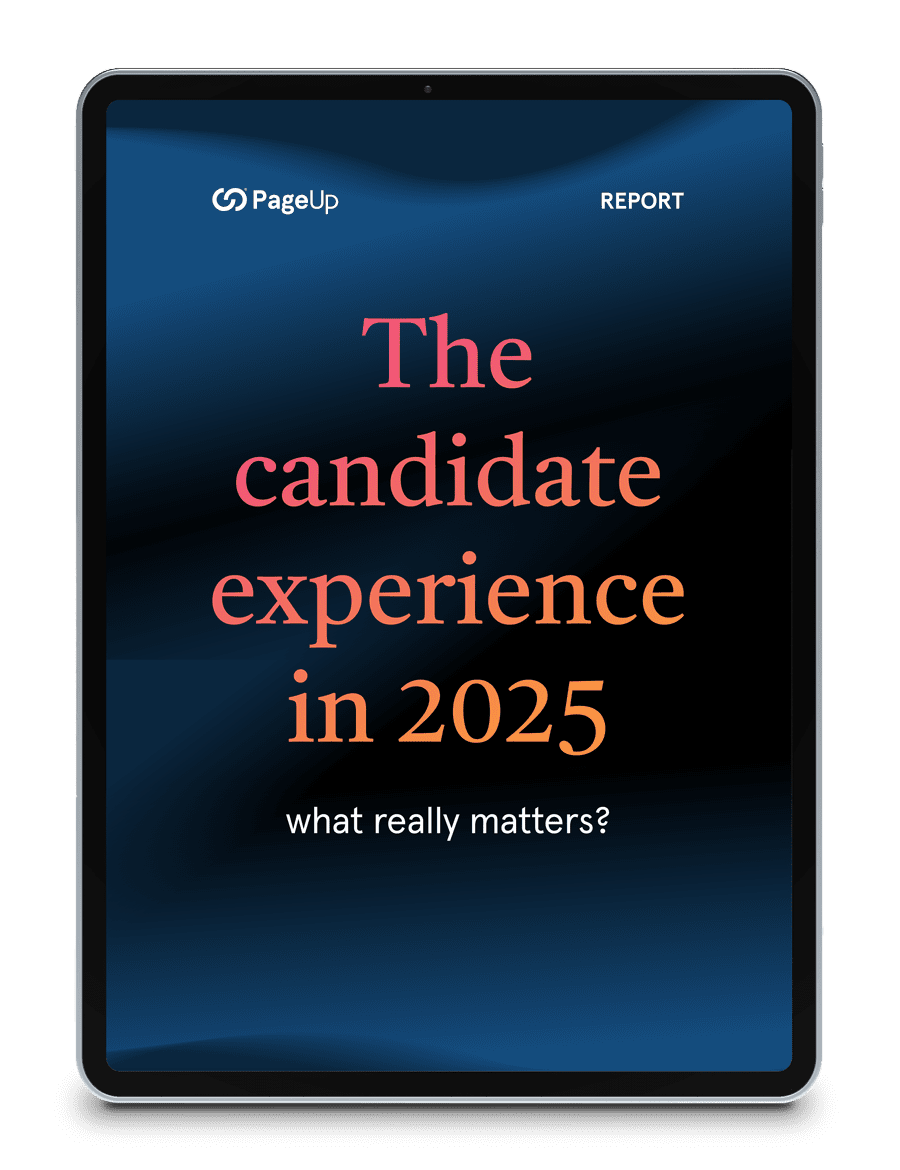Advances in technology – mobile, social, video, cloud – have influenced the way people expect to access learning content. Developments in neuroscience are reshaping today’s approach to learning. These forces are pivotal in driving the five trends outlined below.

Mobile
In a very short period of time mobile devices with internet connectivity have gone from being a luxury item to a necessity. For many people their smartphone is the last thing they look at before going to bed at night and the first thing they look at in the morning. There are now more mobile devices than people on the planet and the consumer experience has extended seamlessly into the expectations employees have of business applications. This is especially prevalent in the developing economies of Southeast Asia where many have by-passed the desktop and gone straight to the mobile device.
“99% of mobile learners believe the mobile format enhanced their learning2, yet only 10% of companies are using mobile web-based learning solutions and 8% using mobile learning apps3”
Within the L&D space there is an increasing expectation by employees that they can access content anytime and anyplace via a mobile device. Already over three-quarters of employees do at least some of their learning on a mobile device1 and 99% of mobile learners believe the mobile format enhanced their learning.2 Mobile and apps have the ability to revolutioniserevolutionize the approach to learning, yet most organisationsorganizations lag on the uptake of mobile functionality. Only 10% of companies are using mobile web-based learning solutions and 8%, mobile learning apps.3 Today, only 6% of organisationsorganizations rate themselves as ‘excellent’ at providing mobile learning.4 Yet, the benefits are evident; when companies empower their employees with mobile learning, they experience a 43% year-on-year increase in customer satisfaction.5 Easy and quick access to knowledge shifts the focus from ‘searching for information’ to ‘doing’ your job.
Looking to the future, 25% of companies plan to purchase mobile learning solutions.6 This is a trend that will continue to accelerate. OrganisationsOrganizations wanting to improve the learning experience of their employees need to ensure mobile is part of the solution.

Microlearning
Microlearning is a method of delivering content to learners in short, bite-sized chunks. Activities are usually completed in three to five minutes, making them easily digestible. This trend has been driven by a number factors including a better understanding of how we learn, and advances in technology. Most information doesn’t make it out of short-term memory and is quickly forgotten unless reinforced. Attention spans are shrinking due to multitasking and constant connectivity. Today’s employee has less than 1% of the working week to dedicate to learning.7 Providing access to information just-in-time, presented in short, sharp bursts is a must.
The successful adoption of microlearning is underpinned by the uptake of mobile and cloud technologies. The ability to stream video quickly and easily, has also helped create the reality. The most successful microlearning encompasses different mediums including videos, podcasts, blogs and e-Learning, as well as integrating collaborative tools and gaming components to improve learner engagement. The ability to easily find relevant content within a learning management system is a key component to its success. Microlearning is starting to gain traction with 25% of learning executives believing that podcasts, wikis and social networking will have a significant impact on learning over the next year.8
“Companies that empower employees with microlearning, experience a 63% increase in revenue compared to their peers5”
What are the benefits? Well-designed knowledge resources mean employees spend less time looking for information and more time being productive.5 Companies that empower employees with microlearning, experience a 63% increase in revenue compared to their peers5 and best-in-class organisationsorganizations are 60% more likely to consider microlearning to be effective for employee development.5

Social learning
Today’s workers expect workplace technologies that allow social networking, instant messaging, online collaboration and video conferencing. From an individual and corporate marketing perspective the use of social networking via Facebook, Twitter and LinkedIn is ubiquitous. In stark contrast many companies struggle with adoption of internal social collaborative tools. When asked about the impact of using social in their learning strategies, less than a quarter of companies say they are effective.3 The reason? Limitations of the social tools chosen. Document sharing, discussion forms and blogs aren’t as effective as video or micro-blogs, in driving learning outcomes.3
“87% of employees say that sharing knowledge with their team is critical for learning9”
There are benefits to getting it right. Higher impact L&D organisationsorganizations deliver 13% more learning via social interaction.7 Humans are social by nature and 87% of employees say that sharing knowledge with their team is critical for learning.9 Already, 34% of organisationsorganizations are investing in social learning tools9, and over the next few years we anticipate the uptake will accelerate. The increasing complexity of work, the rise of the contingent and freelance workforce, and the desire to work anywhere and anytime, will all drive the adoption of social collaboration and knowledge sharing tools.

Gamification
Gamification is the trend that promised big things and…well…we’re still waiting for it to deliver. The potential is there. The benefit is not from turning learning content into ‘games’, but from adopting gaming dynamics and applying them to learning. Gamification is applying game mechanics to non-game contexts. The goal is to engage learners using the same techniques that are used by game designers, namely creating challenge, freedom to fail, immediate feedback and a sense of accomplishment and progress.
“Leader boards and increased competition motivates over 60% of learners, and points systems increase engagement for 89% of learners10”
Improving user engagement with learning content increases recall rates. People remember 90% if they do the activity themselves, even if it’s only via a simulation.10 Studies have shown that leader boards and increased competition motivates over 60% of learners, and points systems increase engagement for 89% of learners.10 Many organisationsorganizations are still at an early stage of adoption, and even for those considered best-in-class, less than a third use gamification in learning.5 Despite the slow burn, this is a trend that’s not going away. The latest Training Industry report indicates that 24% of companies plan to invest in gamification tools in 2016.6

PersonalisedPersonalized Learning
The ultimate aim of L&D organisationsorganizations should be to move away from the one-size-fits-all approach towards personalisedpersonalized, targeted learning that meets the needs of the individual. Many learners disengage with L&D offerings due to an inability to find content or because information is out of date or irrelevant.
“More mature L&D departments deliver 20% less learning via traditional training and eLearning, and 90% more via on-demand resources7”
On-demand learning has started to bridge the gap. Already the benefits can be seen with more mature L&D departments delivering 20% less learning via traditional training and eLearning, and 90% more via on-demand resources.7
Adaptive learnings, also called “customisedcustomized” or “personalisedpersonalized” learning, is the next step. True customisationcustomization of content, where learners are presented with content based on past preferences or identified development gaps whenever they log into the learning system, still has a way to go. The ability to predict what learners want and need requires a sophisticated merging of neuroscience, analytics and advances in smart algorithms and artificial intelligence. Moving from a one-size-fits-all approach, to personalising content in a scalable manner will be made possible due to technology. We expect to see this trend really take off over the next few years.
Final thoughts…
The availability of state-of-the-art technology is cited as an important factor in deciding where to work for 59% of Millennials.11 Not only is technology important to attract the best but also to ensure ongoing engagement and productivity. Best-in-class companies recogniserecognize this and plan to increase their learning spend by 121% over the next two years.5 Today, 48% of organisationsorganizations say exploring new or different learning technologies is a priority in 2016.12
Is your organisationorganization considering its options? Check out PageUp’s learning management software, which enables 70:20:10 learning through our tailored Learning Library, seamless platform interface, full integration of learning plans with personal and organisationalorganizational goals and more.
References
- Degreed. 2016. How the Workforce Learns in 2016.
- Knowledge Anywhere, 2016. “Corporate Learning Trends for 2016 Infographic”. http://elearninginfographics.com/top-5-corporatelearning-trends-2016-infographic/13, (Accessed 18 May 2016).
- Wentworth, D. and Lombardi, M. 2014. “5 Trends for the Future of Learning and Development”. https://trainingmag.com/5-trends-future-learning-and-development, (Accessed 18 May 2016).
- Deloitte University Press. 2016. Global Human Capital Trends 2016. Deloitte University Press.
- Lahey, Z. 2016. From Learning to Knowledge: Best-in-Class methods for Enabling Employees to Propel the Business Forward. Aberdeen Group, March 2016.
- Training Magizine. 2015. 2015 Training Industry Report. www.trainingmag.com.
- Bersin by Deloitte. 2015. Corporate Learning Factbook. Bersin by Deloitte.
- Association for Talent Development. 2015. Learning Executive Confidence Index, Q4.
- Tauber, T. 2015. Investing in Learning Content: Redefining Priorities to Keep Up with the Modern Learner. Bersin by Deloitte, 2015.
- Laskaris, J. 2014. “30 Facts About Gamification in E-learning”. http://elearningindustry.com/30-facts-gamification-in-elearning, (Accessed 18 May 2016).
- PwC. 2012. Millenials at Work: Reshaping the Workplace.
- Brandon Hall Group. 2016. Exploring New Technologies Tops Priority List: Knowledge Graphic.
Fresh insights for HR
Stay up to date with HR trends, tips and more when you sign up for our industry newsletter





